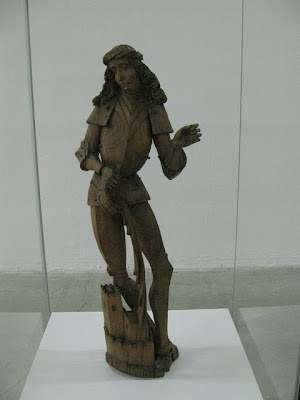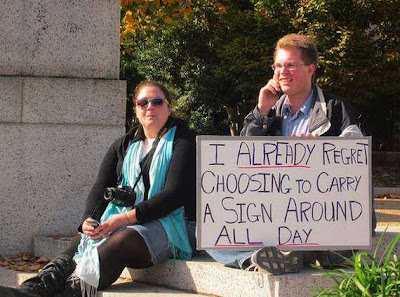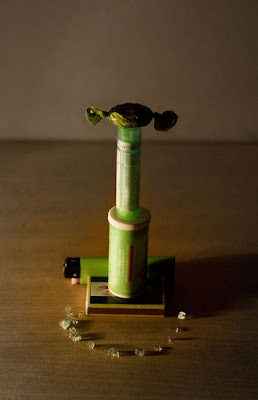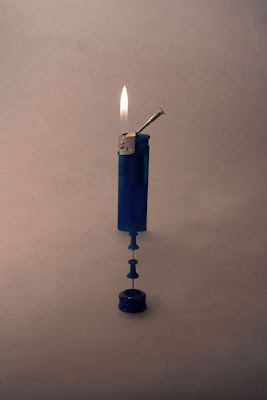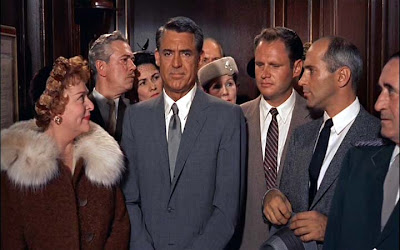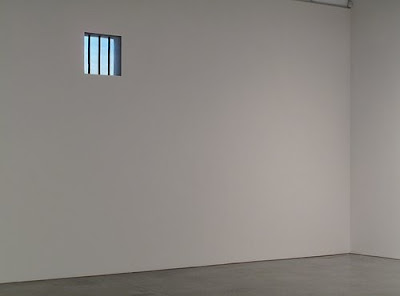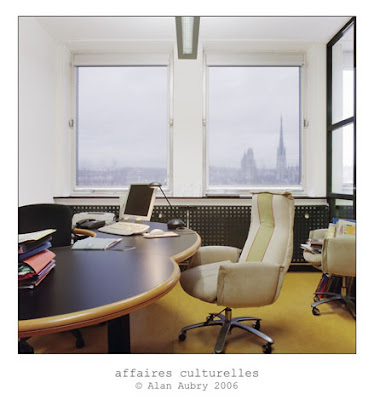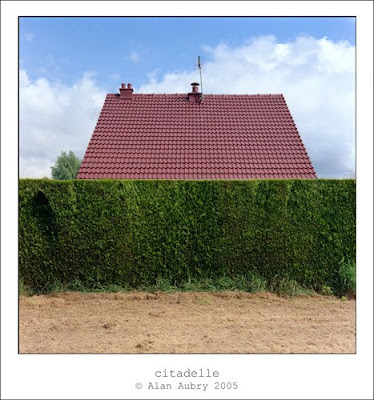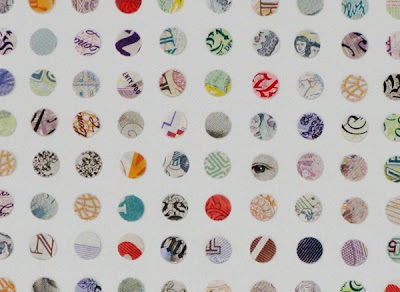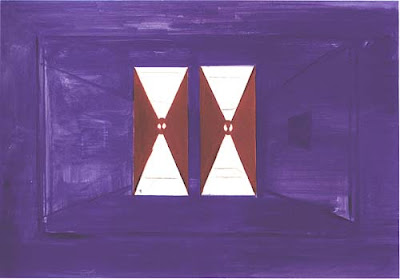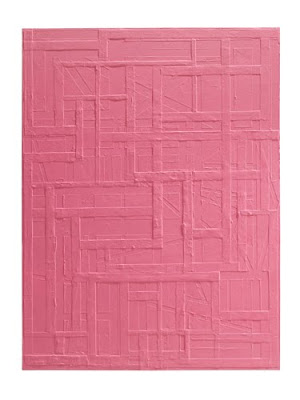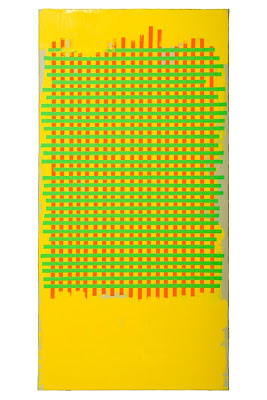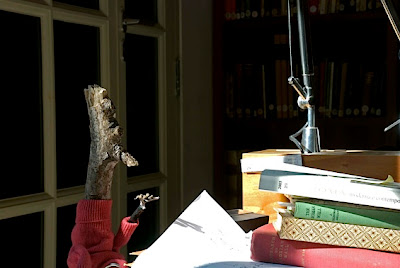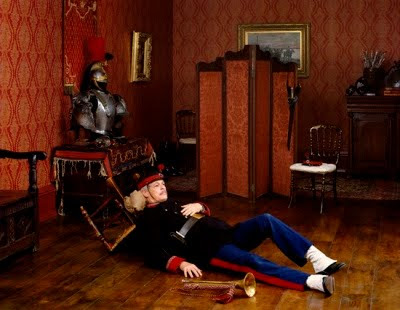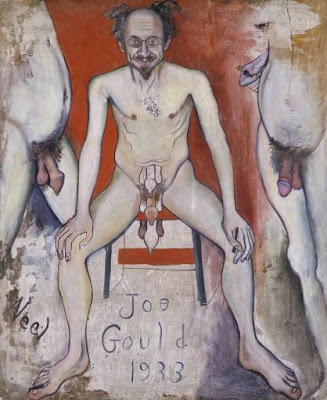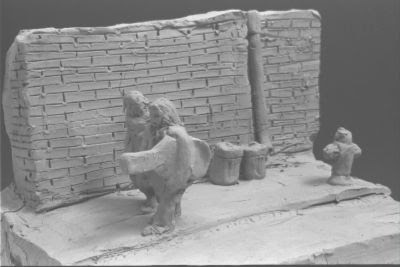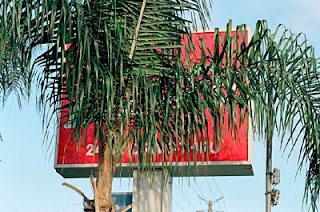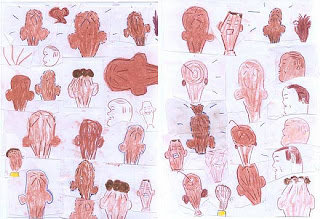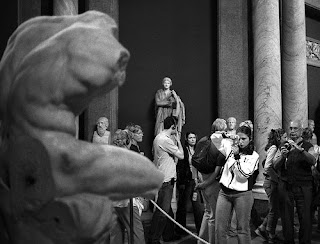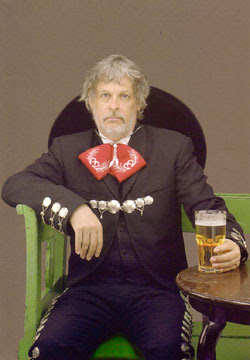
Here's my 2010 review of reviews.
Chris Ofili at Tate Britain. Read "Chris Ofili: A Mixtape" here.
Rebecca Nassauer at Josh Lilley. Read my review of 'Safekeepers' for Saatchi Online here.
John Gerrard in Canary Wharf Station. read "Barnstormer" here.
Angela de la Cruz at Camden Arts Centre. read "Paint, Misbehaving" here.
'Videodrome' at Autocenter, Berlin. read my interview with curator Aaron Moulton here.
Alice Neel at the Whitechapel and Hannah Wilke at Alison Jacques. Read "Young Americans" here.
Mark Wallinger at Anthony Reynolds and Rodney Graham at Lisson. Read "In the Loop" here.
Jeremy Deller at the Imperial War Museum. Read "Spoils of War" here.
Rene Daniels at Camden Arts Centre. Read "Dutch Treat" here.
Frieze Art Fair / Sunday Art Fair. Read "Frieze of Access" here.
Christian Marclay's 'The Clock' at White Cube. Read "The Time of Your Life" here.
'Fresh Hell' at the Palais de Tokyo, Paris. Read "Hell is Other People" here.
And here are some other things.
On the tuition fees fiasco and arts education funding. Read "Tuition and Hopin'" here.
On the 2011 Turner Prize. Read "Turner Blind Eye" here.
On Anish Kapoor's sex trumpet in Stratford. Read "Battlin' Tatlin'" here.
On the Saatchi 'gift'. Read "Tense Present" here.
On contemporary art's debt to Mannerism. Read "To the Manner Born" here.
On Tate Modern at Ten. Read "Tate at Ten" here.



